
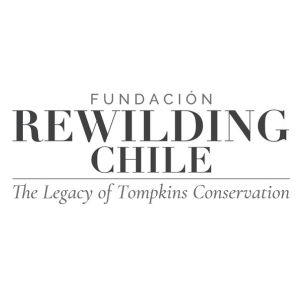
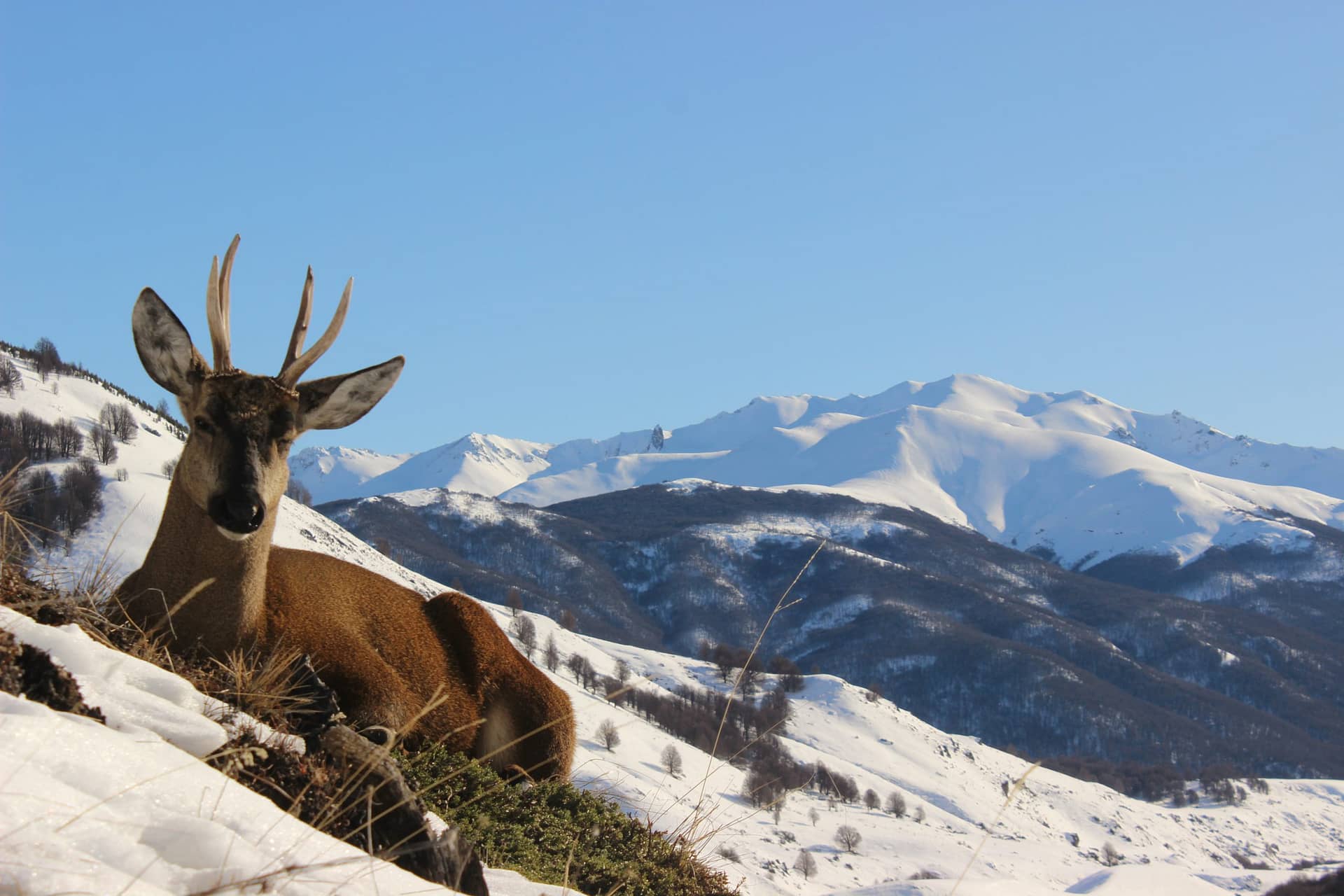
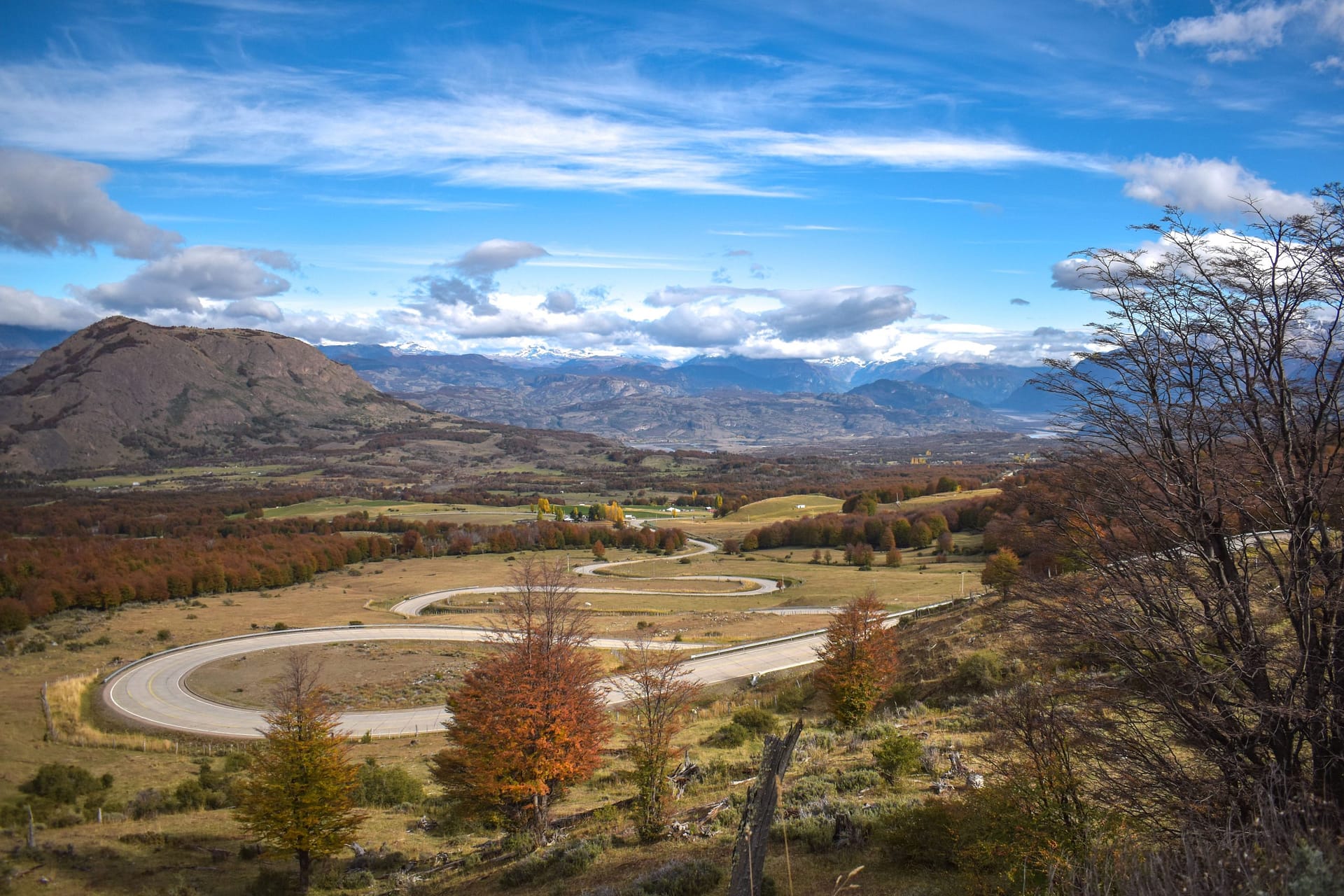

Protecting forests in Cerro Castillo National Park
Since 2025
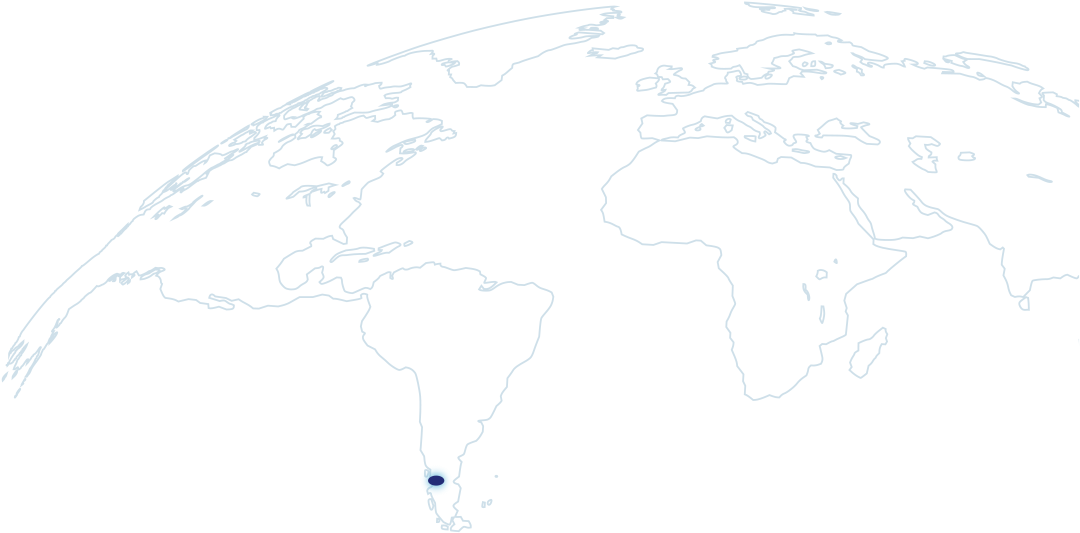
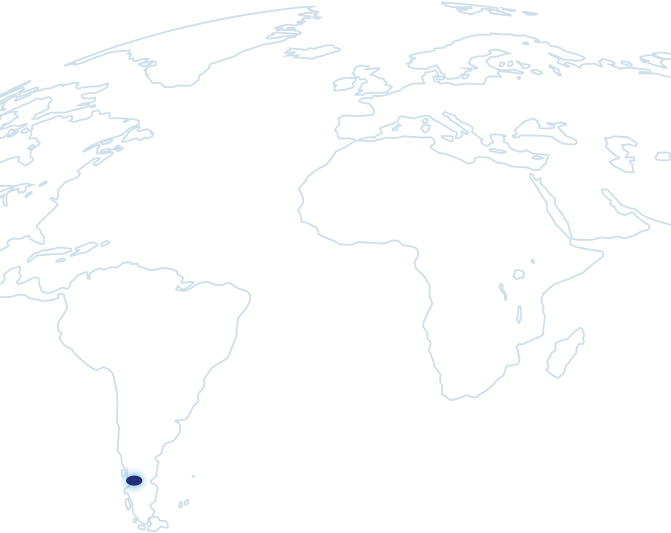
The Cerro Castillo Conservation Landscape is situated at the most important headwaters in the heart of Chilean Patagonia, within the watersheds of the Aysén and Ibáñez rivers. The Ibáñez River is a tributary of Lake General Carrera, the largest lake in Chile and the second largest in South America. The altitudinal gradient of the area, ranging from 600 to 2,318 meters above sea level, contributes to a diversity of environments, with native forest ecosystems being the predominant one. The Cerro Castillo National Park forests are part of the temperate rainforest biome, considered a biodiversity oasis in South America as home to countless endemic species.
This ecosystem is home to the endangered Huemul deer, with only 1% of its original population (less than 1,500 individuals) remaining in the wild and found only in Chile and Argentina. The huemul is also considered a flagship species, reflecting the broader conservation status of the area due to its cultural, ecological, and economic importance. It is featured in Chile’s national emblem and is a key part of the country’s cultural identity.
This programme’s vision is that by 2034, Cerro Castillo will be a landscape with a strengthened and expanded core of protected parkland, where the Huemul deer roams freely and its population is recovering, thereby catalyzing the restoration of Patagonian forest ecosystems. The “Friends of Cerro Castillo” National Park program will be expanded to strengthen the connection between local community members and their national park. The national park is effectively managed and generates income through nature-based economic opportunities, standing as a beacon protected area within the Route of Parks of Patagonia.
Long-term conservation of Cerro Castillo National Park and the surrounding buffer zones. This includes:
Photocredits:
Rody Alvarez
Carlos Roth
Cristian Rivas
Heather Kim